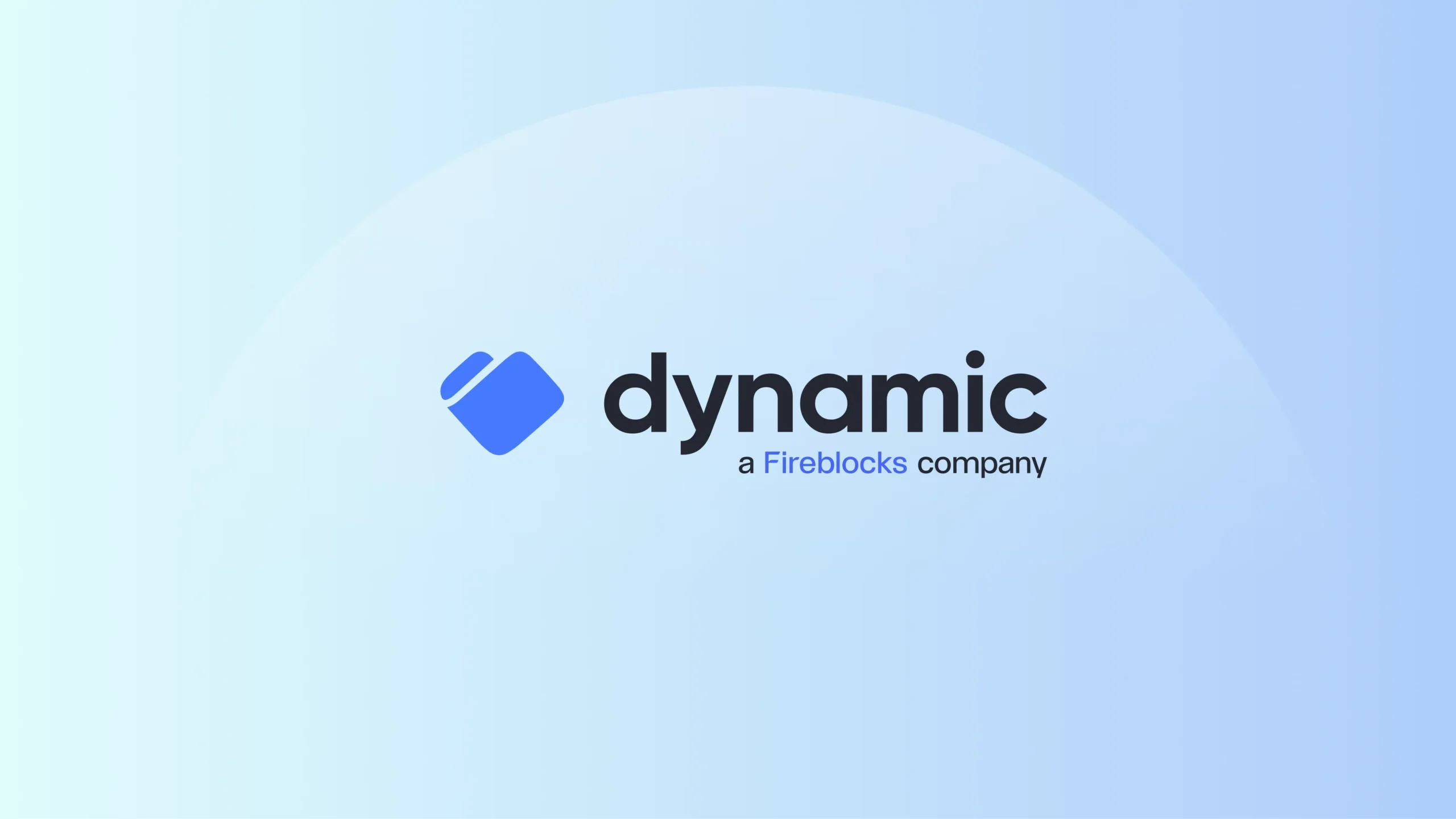Key Takeaways
When I joined Fireblocks ten months ago, stablecoins were just starting to break into the payments conversation. Today, that conversation is everywhere. At Stablecon 2025 and in one-on-one conversations with PSPs, global marketplaces, and fintech leaders, I’ve seen the shift firsthand: stablecoins have crossed the chasm.
In 2024 alone, Fireblocks infrastructure facilitated over $1.5 trillion in stablecoin transaction volume. That accounted for more than half of all digital assets moved across our platform. Our technology now powers stablecoin operations for many of the world’s leading PSPs, including Worldpay, Moonpay, Nuvei, and Bridge. These are real, production-scale payments across 65+ blockchains—live and growing.
This blog kicks off a series where I’ll share what I’m seeing in the field and how leading teams are thinking about stablecoins—from adoption to compliance to infrastructure decisions.
We’ll start here: why stablecoins are gaining traction with PSPs and remittance firms, and how they’re improving speed, access, and capital efficiency in cross-border payments.
Key Advantages of Stablecoins for Payments and Remittance Providers
Stablecoins—cryptocurrencies pegged to stable assets like USD or EUR—are no longer just a tool for crypto traders. I hear it from PSPs and remittance providers all the time: they’re starting to view stablecoins as part of their core payment strategy.
The reasons are clear. From programmability and price stability to faster cross-border settlement, stablecoins are helping these companies modernize how money moves across borders, with tangible impact on the user experience and business operations.
Here’s a breakdown of the most common benefits I hear in the field:
1. Efficiency
- Direct on-chain settlement eliminates correspondent bank intermediaries, reducing complexity and potentially reducing costs in many corridors.
- Many PSPs are also replacing costly FX conversions with single stablecoin sandwiches (fiat A to stablecoin to fiat B), which can reduce volatility risk and improve margins.
2. Speed
- Cross-border transfers that once took days now settle in minutes.
- With stablecoins, there are no banking hours, no cutoffs—just 24/7/365 payment capability that aligns with how today’s digital businesses operate.
3. Transparency and Traceability
- Every transaction is recorded on-chain, creating a verifiable, auditable trail.
- This kind of transparency is a growing requirement for payment providers looking to improve reconciliation and reduce fraud.
4. Financial Access in Underserved Markets
- In regions with unstable local currencies or limited banking infrastructure, stablecoins provide an entry point to global commerce.
- For gig platforms and online marketplaces, instant settlement and global reach enhance both usability and financial inclusion.
Bitso and Conduit are two of our PSP customers using stablecoins in Latin America, where customers rely on their ability to move funds outside bank hours and help them protect against inflation.
How Stablecoins Improve the Remittance Experience
Remittance providers I’ve spoken with are under pressure to deliver faster, cheaper, and more reliable cross-border transfers—especially in high-growth corridors across Africa, Latin America, and Asia. Many are finding that stablecoins help them bypass traditional friction points by moving value peer-to-peer, instantly, over blockchain infrastructure.
Instead of relying on slow, bank-driven rails, stablecoins enable always-on transfers that reduce overhead and increase transparency. For senders, that means more money reaches their families. For remittance companies, it opens the door to modernize their offerings and expand reach—without overhauling their entire tech stack.
Here are the key benefits that keep coming up in conversations:
- Faster Delivery: Recipients can receive funds in minutes, not days.
- Higher Value Retained: Fewer fees and intermediaries mean more of the sender’s funds make it through.
- Better User Experience: PSPs can integrate stablecoin rails into mobile apps or wallets their users already trust.
- Reduced Intermediaries: With fewer hops in the value chain, there’s less risk of failure or delay.
A remittance company serving U.S. based immigrants sending money to Mexico and LatAm shared they’re exploring stablecoin sandwiches to reduce FX friction, speed up payouts, and improve margins—without rebuilding their whole stack. With rising pressure on costs and customer expectations, they’re using stablecoins as a lever to modernize the experience for their core users.
Regulatory and Compliance Considerations
One of the most common misconceptions I hear in conversations with PSPs is that stablecoin adoption means cutting corners on regulation. In reality, it’s the opposite. To scale globally and operate with confidence, payment providers need to proactively navigate a fast-changing regulatory landscape.
That means understanding how stablecoins are classified across different jurisdictions, anticipating upcoming rules, and choosing infrastructure that helps you stay compliant without slowing down.
Here are the key areas we emphasize when speaking with teams evaluating stablecoin payments:
- KYC and AML Compliance: Modern stablecoin payment platforms offer integrated wallet screening, transaction monitoring, and Travel Rule support to help satisfy global anti-money laundering standards.
- Licensing and Jurisdictional Alignment: Providers need to ensure they meet local licensing requirements, especially when operating across regions with differing views on stablecoin regulation.
- MiCA and Global Frameworks: In the EU, MiCA will reshape how stablecoins are issued and used. For example, USDT currently lacks MiCA compliance, prompting many providers to shift toward stablecoins like USDC or EURI for European corridors.
At Fireblocks, we embed compliance directly into our infrastructure—KYC, AML, OFAC screening, and more—so our clients can focus on growth while meeting global standards. It’s not just about checking boxes. It’s about building trusted payment operations that regulators and partners can stand behind.
How Fireblocks Supports Stablecoin Payment Infrastructure
When I talk to PSPs and fintech teams about launching stablecoin-powered payment products, the biggest concern isn’t usually about why—it’s about how. That’s where Fireblocks comes in.
Our payments platform is purpose-built for stablecoin orchestration, automation, and global scalability. Designed with the needs of high-growth fintechs, PSPs, and global marketplaces in mind, the Fireblocks platform delivers an all-in-one toolkit to build, deploy, and operate stablecoin payment workflows. Whether you’re executing B2B settlements, mass payouts, or on-chain FX conversions, we support every stage of the payment lifecycle with bank-grade security and institutional performance.
Here’s what businesses need:
- Payments Engine: Enables end-to-end flow automation across 65+ blockchains.
- Unified Operations View: Track settlements, compliance, and reporting from a single dashboard.
- Pre-built Workflows: Cross-border, merchant settlement, and payout templates accelerate deployment.
- Liquidity Access: Connect with exchanges, on/off ramps, and liquidity partners without bespoke integrations.
- Battle-Tested Security: Fireblocks’ multi-layered defense, intelligent governance, and proactive threat detection protects mission-critical operations
Remember, this isn’t new territory for us. Today, over 50% of the digital asset volume secured and orchestrated through Fireblocks infrastructure involves stablecoins—reflecting the trust leading payments providers already place in our platform to support their most critical payment flows.
It’s All About Making Stablecoin Payments Work for You
If stablecoins still feel experimental to your team, you’re not alone. Many of the PSPs and remittance providers I speak with are just starting to evaluate how and where these rails can fit into their payment stack. The good news? You don’t have to figure it out from scratch.
The world’s leading payment companies are already using stablecoins in production with us, so we know what it takes to move from exploration to execution, securely and compliantly.
Explore how Fireblocks powers stablecoin payments—schedule a demo with us today!
FAQs
How do stablecoins reduce remittance transaction fees?
They bypass costly intermediaries and settle on-chain, so for certain corridors they may lower processing fees significantly.Which stablecoins are commonly used for remittances?
What infrastructure is needed to support stablecoin payments?
A secure, scalable wallet infrastructure; compliance tooling; and integration with exchanges and liquidity providers—all available through platforms like Fireblocks.Can stablecoins be used for cross-border business payments?
Absolutely. B2B transactions benefit from speed, predictability, and improved capital efficiency using stablecoins.Have more questions about stablecoins and payments?
Check out our Stablecoins 101 guide, with all the answers today’s payments professional needs.

